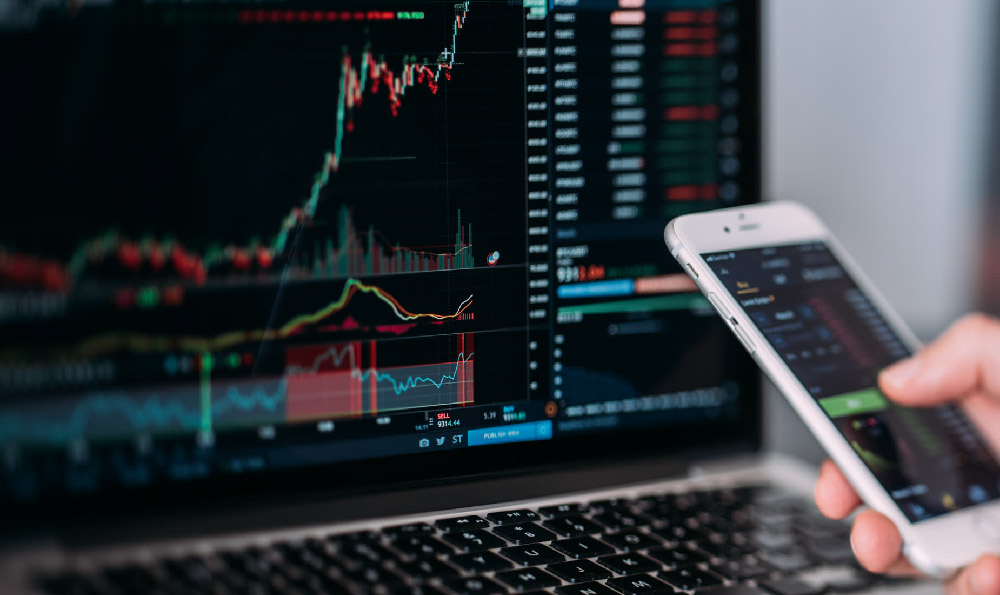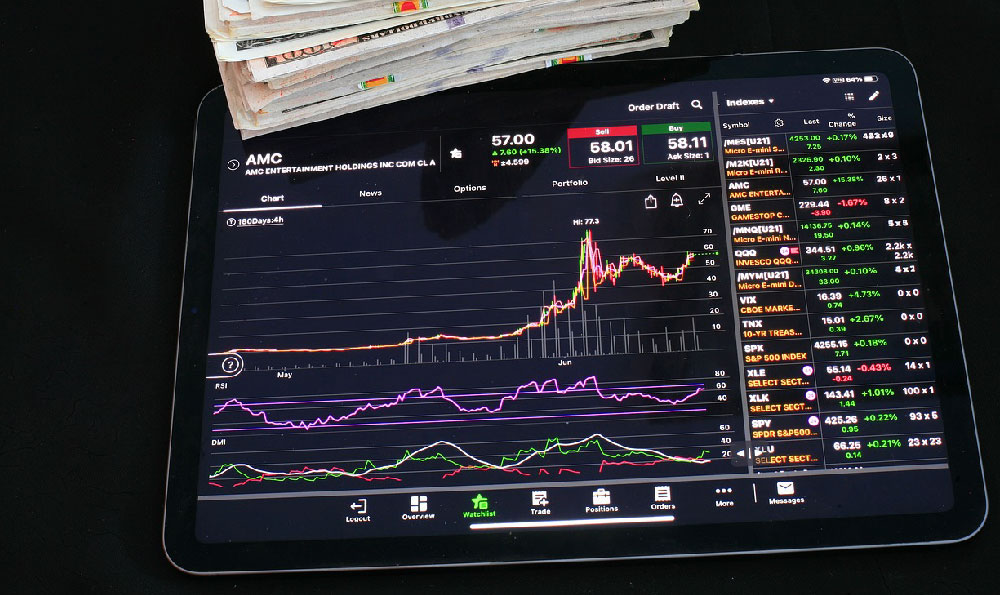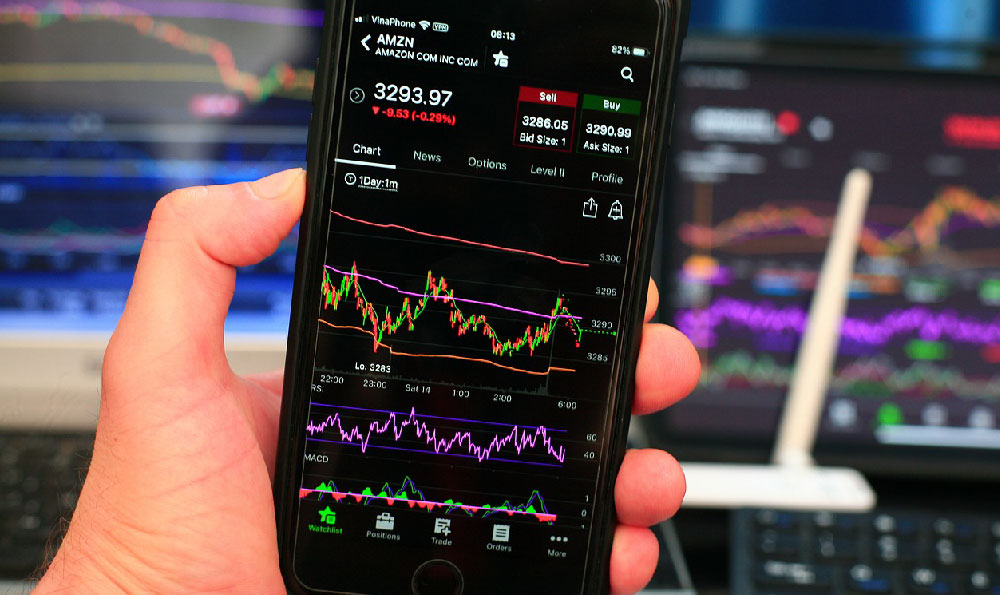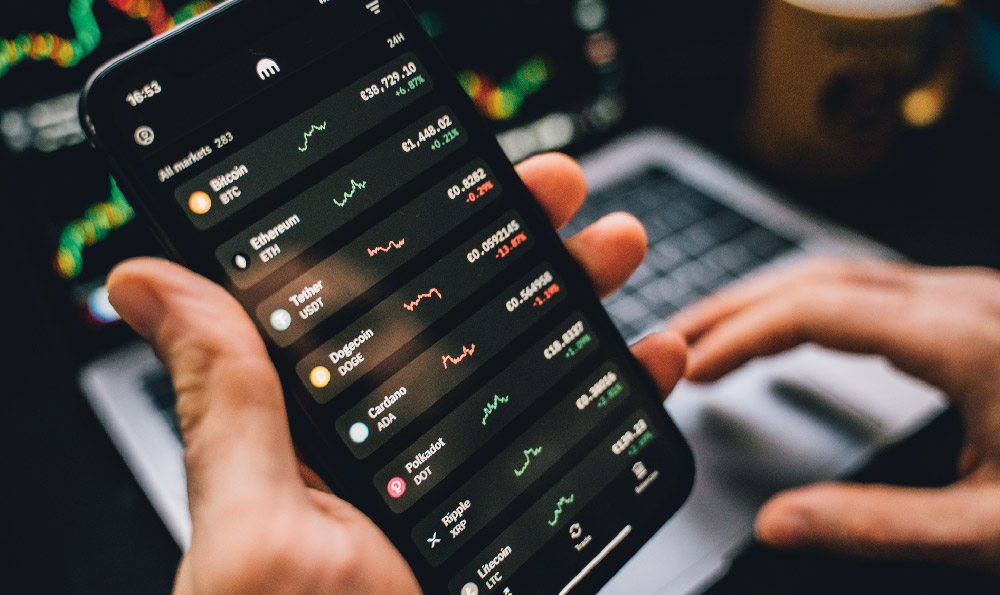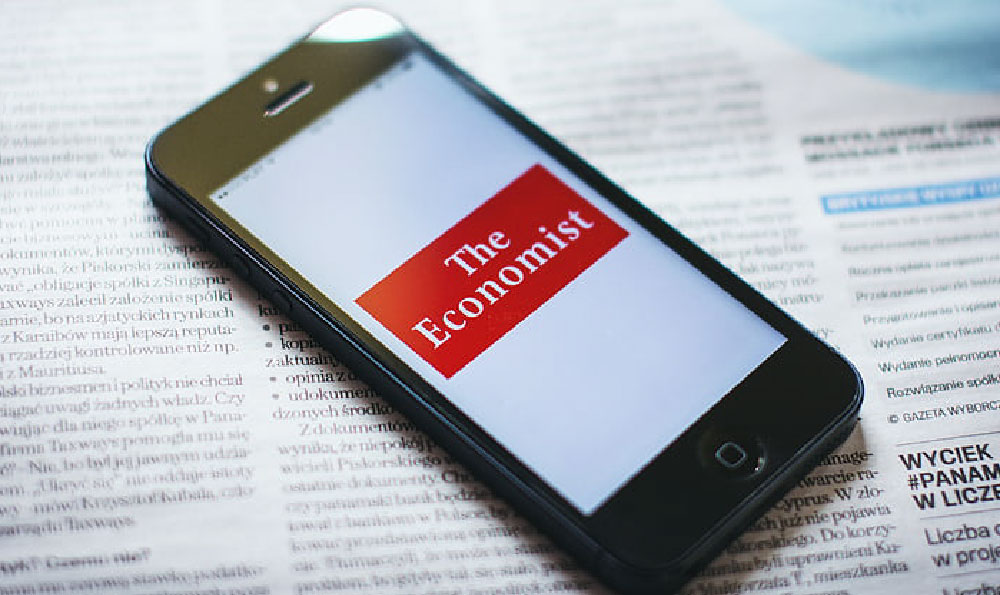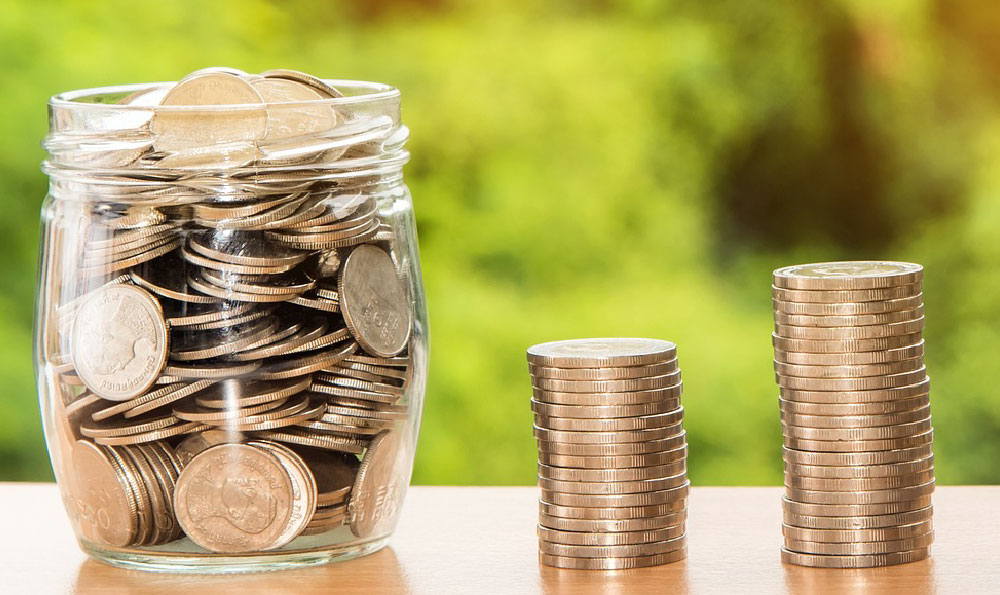Gold and Silver ETFs: Should You Invest, and How?

Okay, here's an article exploring the pros, cons, and practicalities of investing in Gold and Silver ETFs, written in a style aimed at providing comprehensive advice and avoiding a heavily structured, overly simplified approach.
Investing in precious metals has long been considered a hedge against economic uncertainty, inflation, and geopolitical instability. While physically owning gold and silver bars or coins offers a tangible sense of security, it comes with challenges like storage, insurance, and potential difficulty in quickly converting them back into cash. Gold and Silver Exchange-Traded Funds (ETFs) offer a convenient and accessible alternative, allowing investors to participate in the precious metals market without the logistical burdens of physical ownership. But are they the right investment for you, and if so, how should you approach it?
ETFs, in their simplest form, are investment funds that trade on stock exchanges, similar to individual stocks. Gold and Silver ETFs aim to track the price of the underlying precious metal. They typically achieve this in one of two ways: by physically holding gold or silver bullion in vaults, or by using derivatives, such as futures contracts, to mimic the price movements. Physical bullion-backed ETFs are generally considered more reliable in tracking the spot price of the metal, as they directly reflect the actual market value. However, they often come with slightly higher expense ratios due to the costs associated with storage and insurance. Derivatives-based ETFs, on the other hand, might offer lower expense ratios but are subject to tracking errors and potential contango effects (where future prices are higher than spot prices, eroding returns over time).
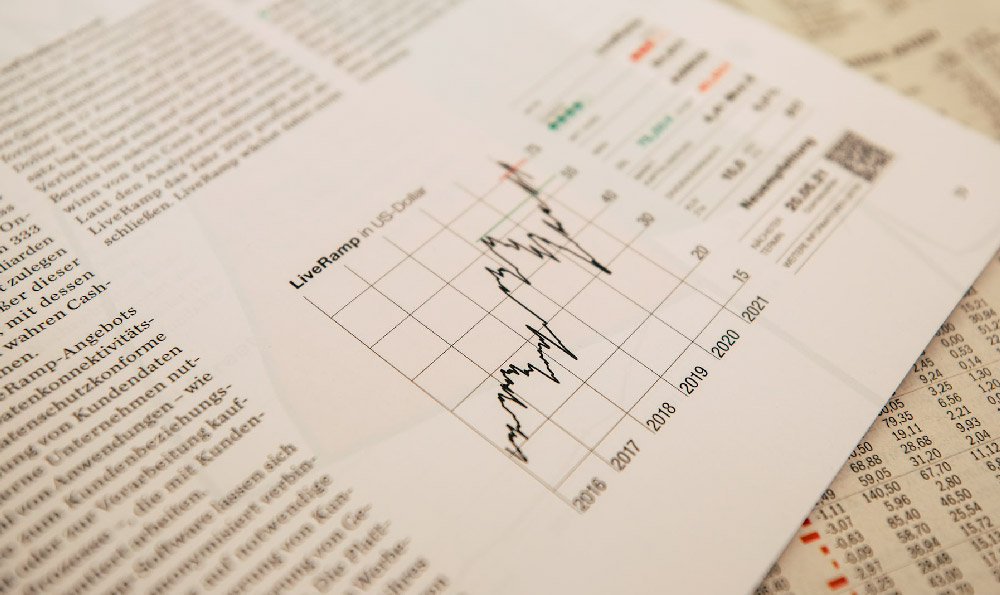
The allure of Gold and Silver ETFs stems from their potential to act as a portfolio diversifier and a store of value during times of economic turmoil. When stock markets experience downturns and currencies fluctuate, precious metals often maintain or even increase their value, providing a cushion against losses in other asset classes. This inverse correlation makes them attractive to investors seeking to reduce overall portfolio volatility. Furthermore, gold and silver have historically been viewed as a hedge against inflation. As the purchasing power of fiat currencies erodes due to rising prices, the value of precious metals tends to increase, preserving wealth over the long term.
However, it’s crucial to understand that precious metal ETFs are not without their risks and limitations. The price of gold and silver can be volatile, subject to market sentiment, speculation, and global economic conditions. Unlike stocks or bonds, precious metals do not generate any income, such as dividends or interest. Therefore, any returns are solely dependent on price appreciation. Moreover, past performance is not indicative of future results, and there is no guarantee that gold and silver will always act as a safe haven during market downturns. In some instances, they may even decline in value along with other asset classes.
Before investing in Gold and Silver ETFs, it's essential to consider your investment goals, risk tolerance, and time horizon. A well-diversified portfolio should not be overly concentrated in any single asset class, including precious metals. A general guideline is to allocate a small percentage of your portfolio, typically between 5% and 10%, to precious metals as a hedge against unforeseen economic events.
When selecting a Gold or Silver ETF, pay close attention to the expense ratio, which represents the annual cost of managing the fund. Lower expense ratios translate to higher returns over the long term. Also, carefully examine the ETF's underlying holdings. Determine whether it is backed by physical bullion or derivatives and assess the potential risks associated with each approach. Check the ETF's trading volume and liquidity. Higher trading volumes generally indicate tighter bid-ask spreads, making it easier to buy and sell shares without significantly impacting the price.
Furthermore, consider the tax implications of investing in precious metal ETFs. Depending on your jurisdiction, profits from the sale of ETF shares may be subject to capital gains taxes. Consult with a tax advisor to understand the specific tax rules applicable to your situation.
Beyond simply buying and holding, there are more nuanced strategies you can employ with Gold and Silver ETFs. Dollar-cost averaging, for example, involves investing a fixed amount of money in the ETF at regular intervals, regardless of the price. This strategy can help to mitigate the risk of investing a lump sum at a market peak. Another approach is to rebalance your portfolio periodically, selling a portion of your precious metal holdings when they outperform other asset classes and reinvesting the proceeds into underperforming assets. This disciplined approach helps to maintain your desired asset allocation and potentially enhance overall returns.
Finally, it's important to stay informed about the factors that can influence the price of gold and silver, such as interest rates, inflation expectations, currency movements, and geopolitical events. Keeping abreast of these developments can help you make more informed investment decisions and adjust your strategy as needed. Investing in Gold and Silver ETFs can be a valuable tool for diversifying your portfolio and protecting your wealth, but it requires careful consideration, due diligence, and a long-term perspective. Understanding the risks and limitations, selecting the right ETFs, and implementing a disciplined investment strategy are crucial for achieving your financial goals. Remember to consult with a qualified financial advisor to receive personalized advice tailored to your specific circumstances.
